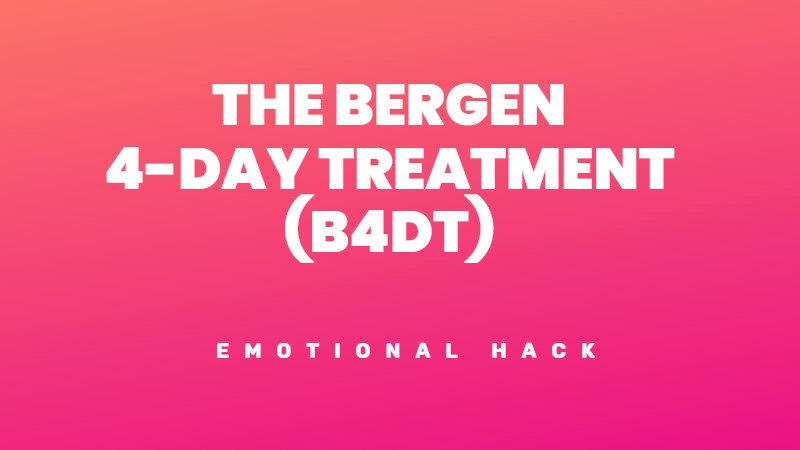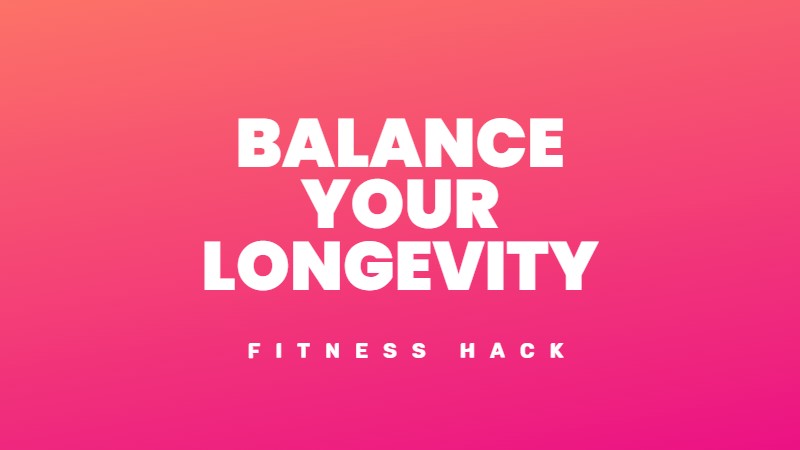You wake up already behind. Emails flood your phone. News alerts stress you out. Social media pulls your attention in twelve directions before you’ve even brushed your teeth.
Most people start their days reacting to whatever the world throws at them. But what if you could write your day’s story before it unfolds?
A simple visualisation technique that turns intentions into reality
Hugh Jackman shared his morning practice on the Tim Ferriss Show, which takes just two minutes but transforms the entire day. The technique is so simple it seems almost silly – until you try it.
Brain imaging research indicates that vividly imagining an experience activates many of the same neural networks as actually experiencing it. When you visualise future scenarios, your brain processes them as though they are happening, which strengthens neural circuits involved in these actions. You carry yourself differently. You take better risks. You push through resistance when it matters.
Ready to flip the script on your mornings? Here’s exactly how to do it.
What is day engineering?
Day engineering means deliberately designing how you want your day to unfold before it happens. Instead of hoping things go well, you create a mental blueprint that your subconscious follows.
This isn’t about positive thinking or wishful dreaming. A study by Harvard Business School found that individuals who set clear visual goals are up to 10 times more likely to achieve them than those who don’t. You’re programming yourself for achievable wins by clarifying what success looks like.
Simply spelling out when, where, and how you’ll act increases the likelihood of reaching your goals substantially.
The 2-minute perfect day method
Step 1: Picture tonight’s bedtime
Imagine climbing back into bed tonight after your perfect day when you wake up. Everything went exactly as you hoped or even better than planned.
What did you accomplish? How do you feel? What moments made you smile?
Get specific. The more vivid your mental movie, the more powerful the effect. Visualisation activates many of the same neural circuits used during actual physical or emotional experiences, enhancing the brain’s ability to simulate and prepare for future scenarios.
Step 2: Write it in past tense
Grab your phone (keep it on Do Not Disturb overnight so notifications don’t bombard you). Write a text describing exactly what happened during your perfect day as if it already occurred.
Try something like: “Crushed my morning workout even though I felt tired, finished that report I’ve been avoiding, nailed my presentation, and cooked dinner with my partner while we laughed about our day.”
Notice these are all within your control. You’re not manifesting a lottery win. You’re setting yourself up for achievable excellence.
Step 3: Send it to your accountability partner
Text this “prediction” to someone who will hold you accountable: a friend, partner or mentor. At day’s end, tell them how accurate your morning vision was.
You won’t hit 100% every time. But your days will go dramatically better than if you’d just rolled out of bed and hoped for the best.
Why this technique works
Brain imaging research shows that vividly imagining an experience activates many of the same neural networks as actually experiencing it, triggering the release of neurotransmitters like dopamine, which improve mood and motivation. When you visualise future scenarios, your brain processes them as though they are happening, which strengthens neural circuits involved in these actions.
Studies have shown that mental rehearsal activates the same areas in the brain as physical practice, reinforcing neural pathways that support new behaviours. You might walk into meetings with more confidence. Take that extra minute to perfect your work. Actually follow through on the healthy choice instead of taking the easy path.
The accountability component is equally powerful. Research shows that people who regularly wrote out their goals were 42% more likely to accomplish them, and having an accountability person increases success by 70%. Studies on accountability partnerships show they can increase adherence behaviour by more than 100%.
When you believe your day will go well, you make decisions that prove you right. When you believe it will go poorly, you prove that right too. (Hugh Jackman, Actor)
Think of it as a GPS for your day. You tell your internal navigation system the destination, then trust it to guide you there through thousands of micro-corrections.
Making perfect days your default
Research shows that consistent morning routines can reduce stress, boost energy levels, and improve productivity. Studies indicate that having regular morning processes allows workers to spend less cognitive energy on recurring tasks, which supports focus and creativity for more complex work.
Here are strategies to get the most from this practice:
Perfect day engineering at work
This technique shines in professional settings:
Common challenges and fixes
Research on visualisation reveals important limitations that can help you avoid common pitfalls:
Problem: Your predictions feel unrealistic
Fix: Scale back to smaller, more achievable wins. Studies show that excessively positive fantasies can actually drain energy from the ambition and effort needed to succeed. Better to predict three small victories than one huge transformation.
Problem: You forget to check in with your accountability partner
Fix: Set a phone reminder for 30 minutes before bed. Or ask your partner to text you first. Research indicates that accountability interventions work best with consistent contact patterns.
Problem: You hit snooze and skip the morning visualisation
Fix: Write your perfect day text the night before, then review it when you wake up. Studies show that 57% of people hit the snooze button each morning, but this habit can actually make you feel more groggy rather than rested.
Problem: You feel silly texting about your day plans
Fix: Start with just one or two sentences. As the practice proves itself, you’ll naturally want to add more detail. Remember that research demonstrates clear benefits: having an accountability person increases success by 70%.
The compound effect of perfect days
Day engineering isn’t magic. You won’t suddenly become superhuman. But you will start making better choices more consistently.
When you repeat this practice for weeks, something interesting happens. Your definition of a “perfect day” evolves. Things that seemed challenging become your new normal. You start aiming higher because your baseline has shifted.
Research shows that regular routines support cognitive function and free people up to be more creative. Studies indicate that having regular work processes allows workers to spend less cognitive energy on recurring tasks, which supports focus and creativity for more complex assignments.
The real power isn’t in any single perfect day. It’s in gradually raising your standards for what feels possible.
Day engineering isn’t just about getting things done. It’s about being kind to yourself. Progress is progress, no matter how small. By celebrating little wins instead of waiting for everything to be ‘perfect’ or ‘finished,’ we stay motivated, reduce stress, and can actually enjoy the process a little more.
I bunn og grunn
Perfect days don’t happen by accident. They happen when you get intentional about designing them.
Hugh Jackman’s two-minute technique combines visualisation, accountability, and specific action planning. You’re not just hoping for a good day, you’re engineering one.
Research shows that brief reflection in the morning can help you get more done with less stress all day. Studies found that participants who practised goal visualisation were 42% more likely to accomplish their objectives and reported greater engagement in life.
Before you check anything on your phone tomorrow morning, spend two minutes picturing your ideal day. Write it down like it already happened. Send it to someone who cares about your success.
Then watch how reality starts bending toward your intention.




Gi tilbakemelding om dette